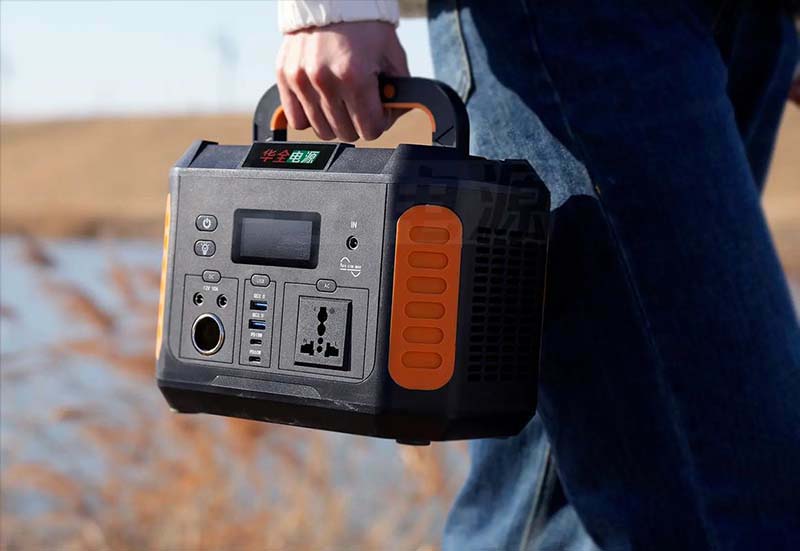how many eskom power stations in south africa
Portable power station can be used for Portable projectors, Vintage game consoles, Fitness trackers, Sports heart rate monitors, Mini fans, etc, South Africa relies heavily on Eskom, the state-owned electricity supplier, for its power needs. Eskom operates a total ...

Essential Devices Powered
- Continuous power supply for up to 96 hours under low load (50W).
- Pure sine wave inverter with waveform distortion rate ≤2%, superior to mains power standards.
- Some models have passed IPX5 dust and water resistance certification, making them suitable for complex outdoor environments.
- Some models support voice control, making operation more convenient.
- It features a digital display of battery percentage with an accuracy of 1%.
Camping Benefits
- Remote ranch fence monitoring equipment + charger power supply
- Yacht small audio-visual equipment operation
- Water quality monitoring instrument power supply
- Home lighting equipment operation during power outages
- RV refrigerator keeps food fresh for longer
South Africa relies heavily on Eskom, the state-owned electricity supplier, for its power needs. Eskom operates a total of 15 power stations across the country, making it one of the largest producers of electricity in Africa. These power stations include coal-fired, hydroelectric, pumped storage, and gas-fired plants, each playing a crucial role in meeting South Africa’s energy demands. The majority of Eskom’s power stations are coal-fired, reflecting the country’s abundant coal resources. Notable plants include the Kendal Power Station, Medupi Power Station, and Kusile Power Station, which are among the largest coal-fired power plants in the world. Eskom also operates several hydroelectric power stations, such as the Drakensberg Pumped Storage Scheme, which helps stabilize the grid during peak demand periods. Despite challenges like aging infrastructure and maintenance issues, Eskom’s power stations remain vital for South Africa’s economy and daily life. The company continues to invest in upgrading existing facilities and exploring renewable energy options to ensure a reliable and sustainable power supply for the future. Understanding the number and tyPES of Eskom power stations highlights the scale and complexity of South Africa’s energy sector.


